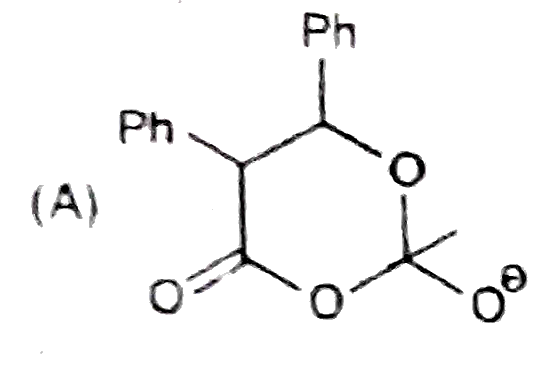What is the rate law for the hypothetical reaction with the mechanism shown?
intermediate 1 (fast equilibrium)
intermediate intermediate 2 (slow)
intermediate (fast)
Rate=
Rate
Rate=
Rate =
The correct Answer is:D
Step by step video, text & image solution for What is the rate law for the hypothetical reaction with the mechanism shown? 2A hArr intermediate 1 " "(fast equilibrium) intermediate 1+B rarr intermediate 2" " (slow) intermediate2 +B rarr A_(2)B_(2)" " (fast) by Chemistry experts to help you in doubts & scoring excellent marks in Class 12 exams.
Updated on:21/07/2023Topper's Solved these Questions
- CHEMICAL KINETICSBOOK - GRB PUBLICATIONCHAPTER - CHEMICAL KINETICSEXERCISE - compllcatio in first order reactions
17 Videos
- CHEMICAL KINETICSBOOK - GRB PUBLICATIONCHAPTER - CHEMICAL KINETICSEXERCISE - Nuclear Chemistry
63 Videos
- CHEMICAL KINETICSBOOK - GRB PUBLICATIONCHAPTER - CHEMICAL KINETICSEXERCISE - F. Effect of Temperature and Catalyst
92 Videos
- CHEMICAL BONDING-IBOOK - GRB PUBLICATIONCHAPTER - CHEMICAL BONDING-IEXERCISE - Subjective Type
120 Videos
- COORDINATION COMPOUNDSBOOK - GRB PUBLICATIONCHAPTER - COORDINATION COMPOUNDSEXERCISE - SBJECTIVE TYPE
98 Videos
Similar Questions
Consider the reaction 2A+B→C+D
Following results was obtained in experiments designed to study the rate of reaction"

a) Write the rate law for the reaction
b) Calculate the value of rate constant for the reactio.
c) Which of the following possible reaction mechanisms is consistent with the rate law found in (a) ?
I. A+B→C+E (slow)
A+E→D (fast)
IIgt B→C+E (slow)
A+E→F (fast)
A+F→D (fast)
View SolutionIn the reaction
 NaOH(aq)−−−−−−→Br2 Intermediate
NaOH(aq)−−−−−−→Br2 Intermediate
the intermediate are
View Solution
Knowledge Check
Observe the following reactions and its mechanistic steps and intermediate products.

The intermediate product similar to (IV) following in the reaction-(2):A B
B C
C D
D
Intermediate formed during E2 reaction is -
ACarbocationBCarbanionCFree radicalDIntermediate is not FormedConisder the reaction mechanism:
A2keq⇐⇒2A(fast) (where A is the intermediate.)
A+B−−→k1P(slow)
The rate law for the reaction isAk1[A][B]Bk1k1/2[A2]1/2[B]Ck1k1/2[A][B]Dk1k1/2[A]2[B]
The mechanism of the reaction: A+2B+C→D is
(step 1) (fast) equilibrium A+B⇔X
(step 2)(slow) X+C→Y
(step 3) (fast) Y+B→D
Which rate law is correct ?
View SolutionA hypothetical reaction A2+B2→2AB follows the mechanism as given below:
A2⇔A+A(fast)
A+B2→AB+B (slow)
A+B→AB (fast)
The order of the overall reaction is
View SolutionIntermediate formed during reaction of RCONH2 with Br2 and KOH are .
View SolutionA hypothetical reaction A2+B2→2AB follows the mechanism as given below:
A2⇔A+A(fast)
A+B2→AB+B (slow)
A+B→AB (fast)
The order of the overall reaction is
View SolutionThe hypothetical reaction 2A+B→C+D is catalyzed by E as indicated in the possible mechanism below. ltbr> Step 1: A+E⇔AE (fast)
Step 2: AE+A→A2+E (slow)
Step 3: A2+B→C+D (fast)
Which rate law best agrees with this mechanism?
View Solution
